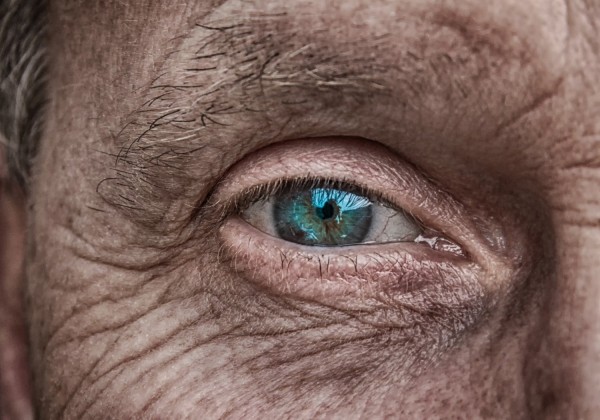Vision Loss: Diseases That Can Lead To Blindness
The windows to our soul - the eyes let us see the wonders of the world. For almost all the activities people do, eyes are very much involved. From eating, walking, talking, and even observing what is around us, eyes play a major role. Taking care of them is a must for us to enjoy their function and essence. According to the Centers for Disease Control and Prevention (CDC), about 93 million adults in the United States are at high risk for vision loss, but only half of the number visited the experts in the past 12 months. Active Beat said that more than 4.2 million people aged 40 and older are considered legally blind or have low vision. They added that blindness is not only about not seeing but having 20/200 vision or worse.
According to the CDC, vision loss causes a social and economic toll for millions, including disability, loss of productivity, significant suffering, and diminished quality of life. Active Beat added that taking care of the eyes is critical because the sense of sight is one of the most highly regarded and valued sense. But did you know some ailments can lead to blindness or vision loss? Here are some of them.

ALSO READ: Discovery of a New Compound May be the Answer to reversing Vision Loss
Corneal Disease
Medline Plus defined the cornea as the shield that helps the rest of the eye from dust, germs, and other harmful matter. According to Cleveland Clinic, corneal disease covers a variety of conditions that affect the cornea. These include infections, disorders that are inherited, and degenerations. About 20 diseases can cause structural damage to the cornea, such as Keratoconus, Map-dot fingerprint dystrophy, and Fuchs's dystrophy. Symptoms that may occur when you have corneal conditions include pain, blurred vision, tearing, redness, and extreme sensitivity to light.
Cataracts
Mayo Clinic described cataracts as the clouding of the normally clear lens of the eyes. Mayo Clinic added that clouded vision caused by cataracts makes it more difficult to read, drive a car, or see faces' expressions. According to the National Eye Institute, most cataracts are caused by normal changes in the eyes as you grow older. Mayo Clinic said that having regular eye examinations, managing other health problems, and quitting smoking are ways to prevent yourself from having cataracts.
Age-Related Macular Degeneration (AMD)
National Eye Institute defined AMD as an eye disease that can blur the central need for the activities. American Academy of Ophthalmology (AAO) added that AMD is a problem with the retina. AAO added that it would not let an individual having this disease see details from afar or from close. But they can see with their peripheral vision. National Eye Institute said that symptoms of Age-Related Macular Degeneration include blurring of the center of the vision over time getting bigger and see blank spots.
ALSO READ: Promising Result Showed by a New Strategy For Treating Retinal Diseases by Scripps Research
Diabetic Retinopathy
National Health Service (NHS) defined diabetic retinopathy as a complication of diabetes, damaging the eye's back due to high sugar levels. This can cause blindness if left untreated. NHS added that anyone with Type 1 and Type 2 Diabetes is at risk of having the complication. Diabetes Community said that in some cases, the vessels would swell up and leak fluid in the back of the eye. This complication's symptoms include sudden vision loss, shapes floating in the field of vision, blurred or patchy vision, gradually worsening of vision, and redness in the eye.
Eyes are a very important part of the body. Getting them checked regularly may prevent you from losing your vision and having complications that are quite challenging and emotionally stressful.
Check out more news and information on Eye Health on MD News Daily.
Nov 02, 2020 08:00 PM EST





